Story of Hilario’s Islet
Story of Hilario’s Islet
The story of Hilario’s Islet dates back to ancient times. It is said that it is named after a hermit who lived here by himself with a female camel. It has always been due to its thermal anomalies that locals have traditionally used this area to cook and to rest.
The growing interest of tourists was what later led to a series of refurbishments, and together with its high geological interest, it has made it worthy of being recognised along with the rest of the Park.
We may say that Las Montañas del Fuego started to forge their history towards 1950, when General Franco opened up a rudimentary access to it, on the right of the current path that goes from the Taro at the entrance to El Diablo Restaurant (in Hilario’s Islet).
In those years, tourists arriving to the area had to chance to purchase water or souvenirs from one of the rudimentary “shacks” made of rocks and palm branches.
Around the 1960’s, the Cabildo Insular, sponsored by a tourism plan, intervened in this space. Ramírez Cerdá, president of the Cabildo back then, was helped by Jesús Soto to change the rock and palm-branch “shacks” for more modern structures including a coffee shop; it was called “Refugio de Tinecheide” (Tinecheide shelter).
Work continued to be done and in 1965, Islote de Hilario already had a viewpoint, and in 1968 the current “Ruta de los Volcanes” route was already designed, with a thorough journey organised by Jesús Soto and César Manrique.
It wasn’t until the 1970’s when, due to the increasing demand, plans for the current building started, which was also when the parking area was designed and the tubes for the thermal exhibitions installed.
The area was declared a National Park a little later, around 1975, in a decree explaining and recognising the tourism management rights of the Cabildo. Being declared a National Park is at the top of the protection list of Natural Parks. The intention is to safeguard, protect and preserve the values and natural resources, with a scientific and educational interest.

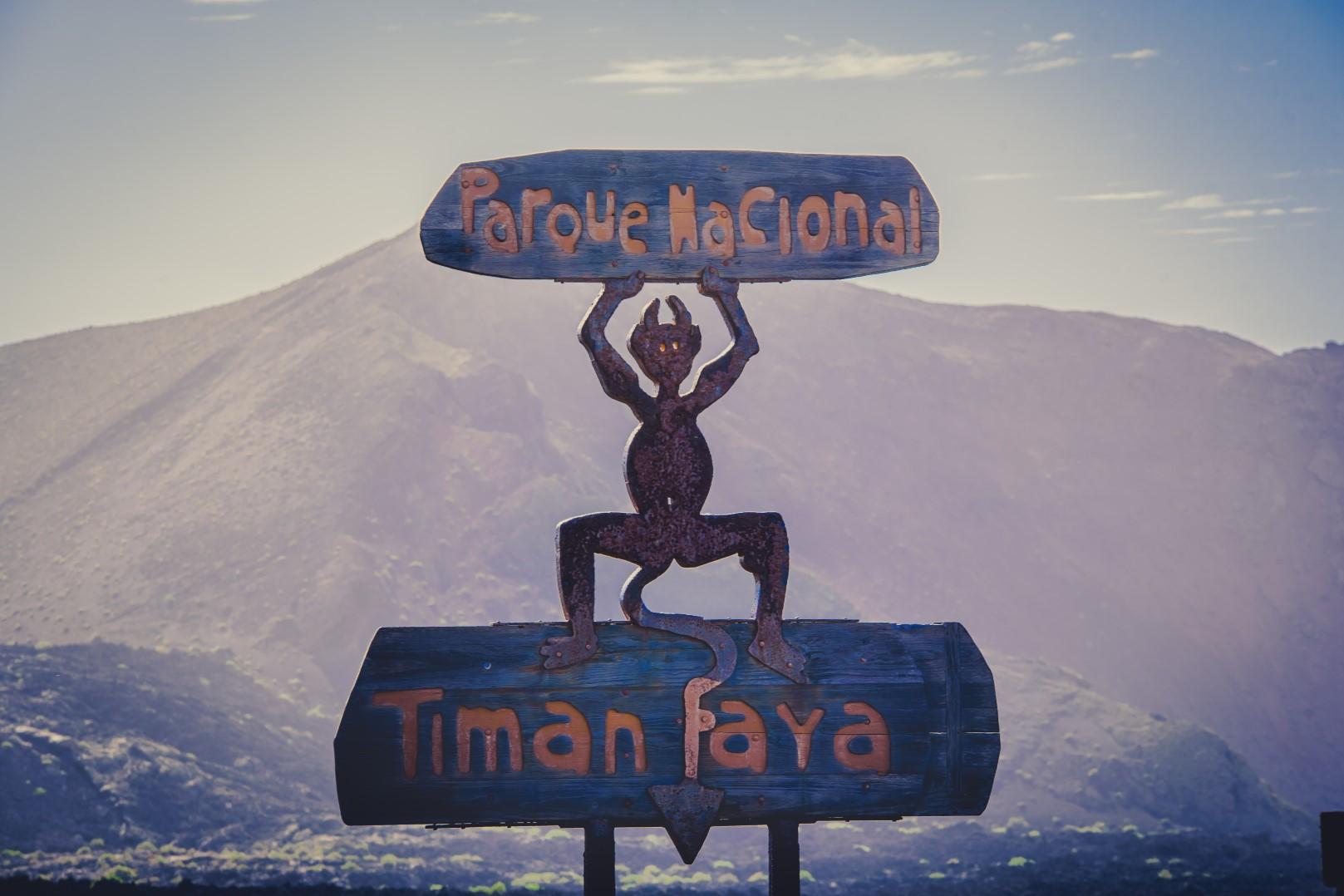
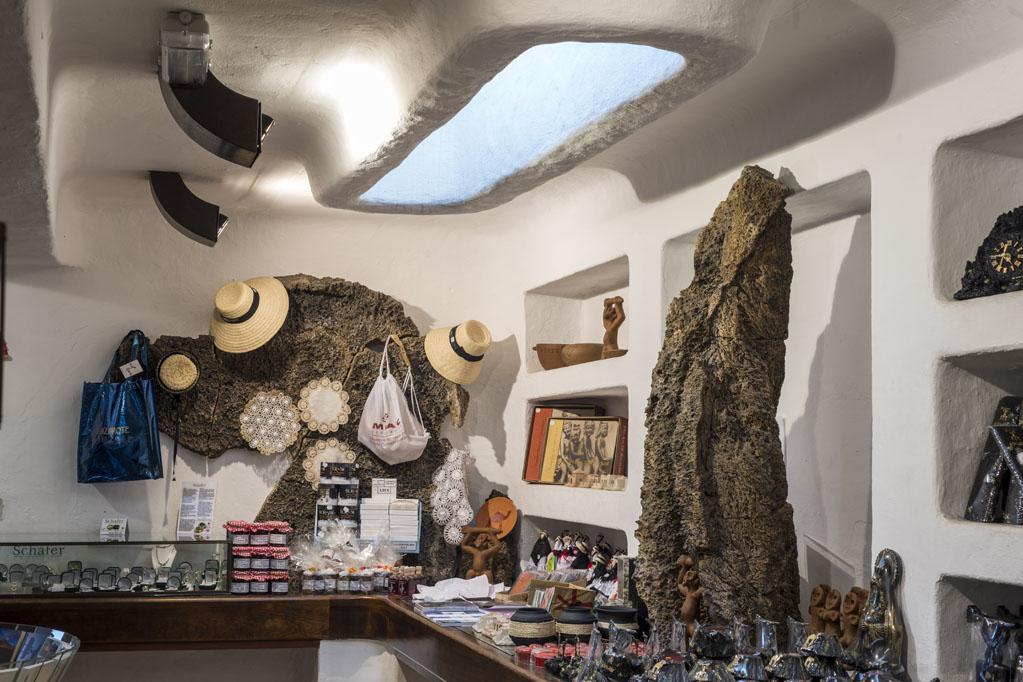
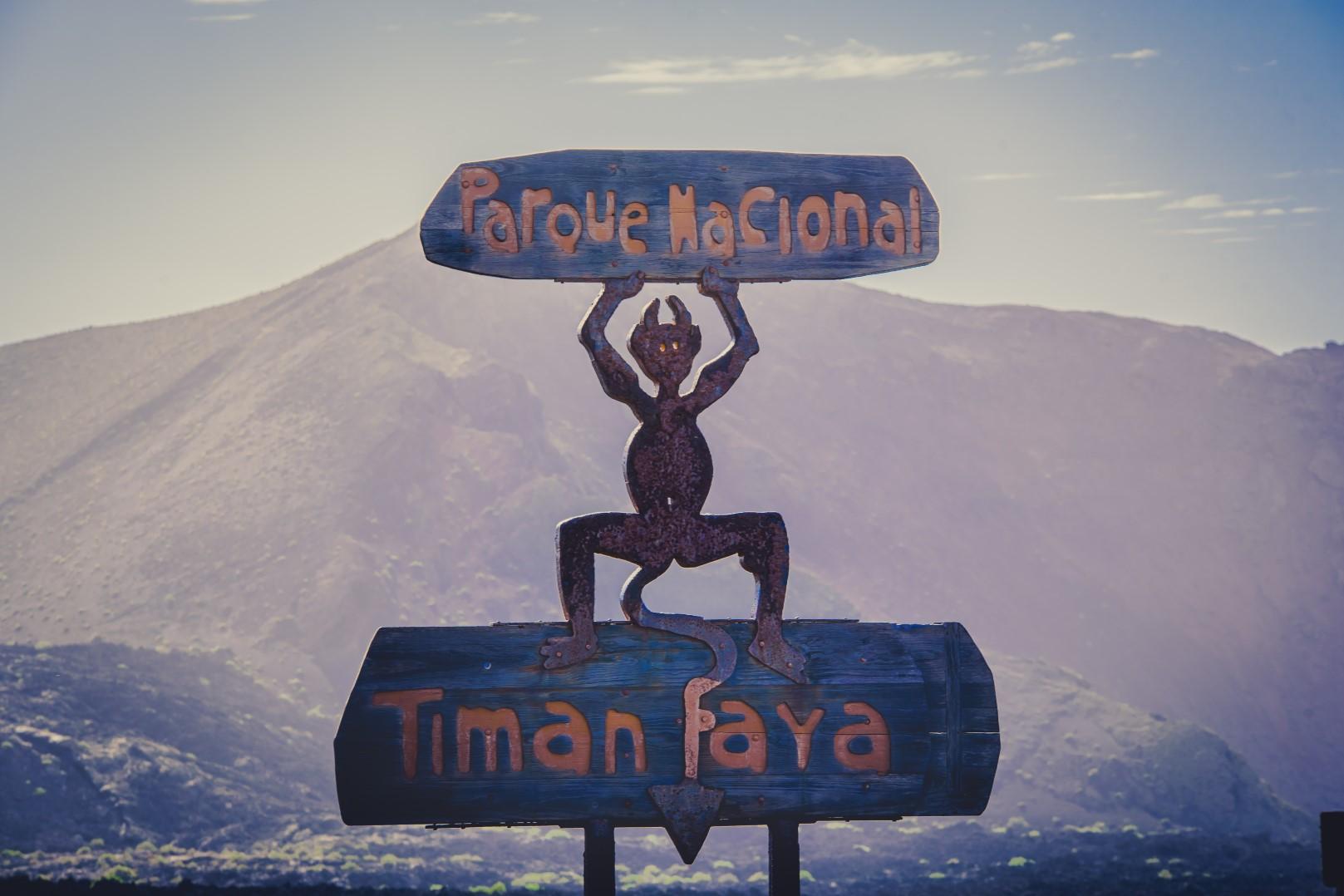
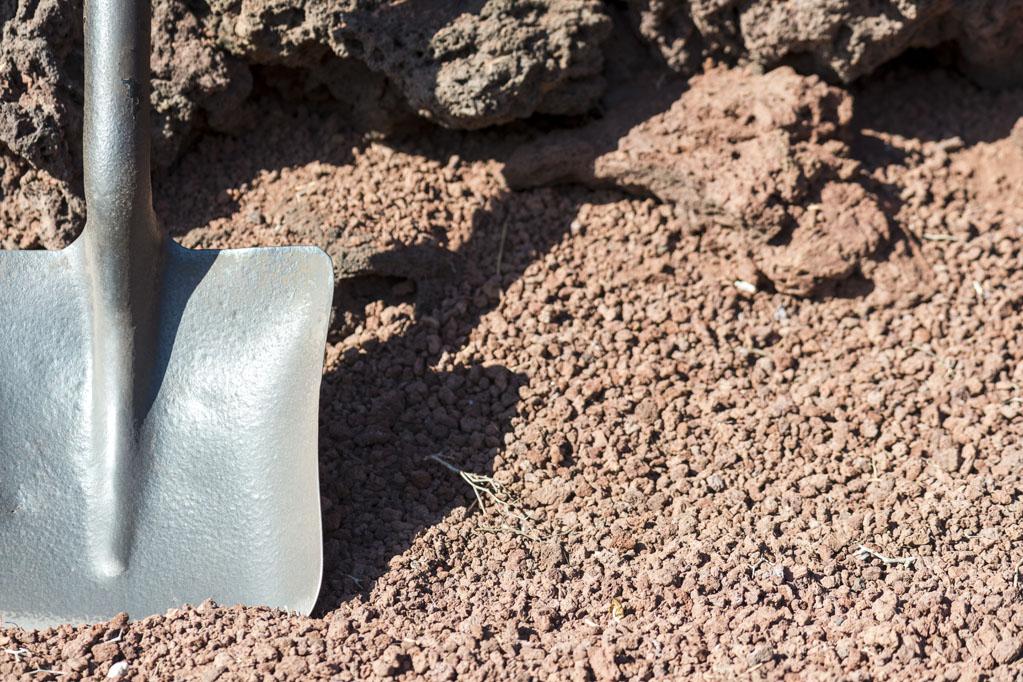
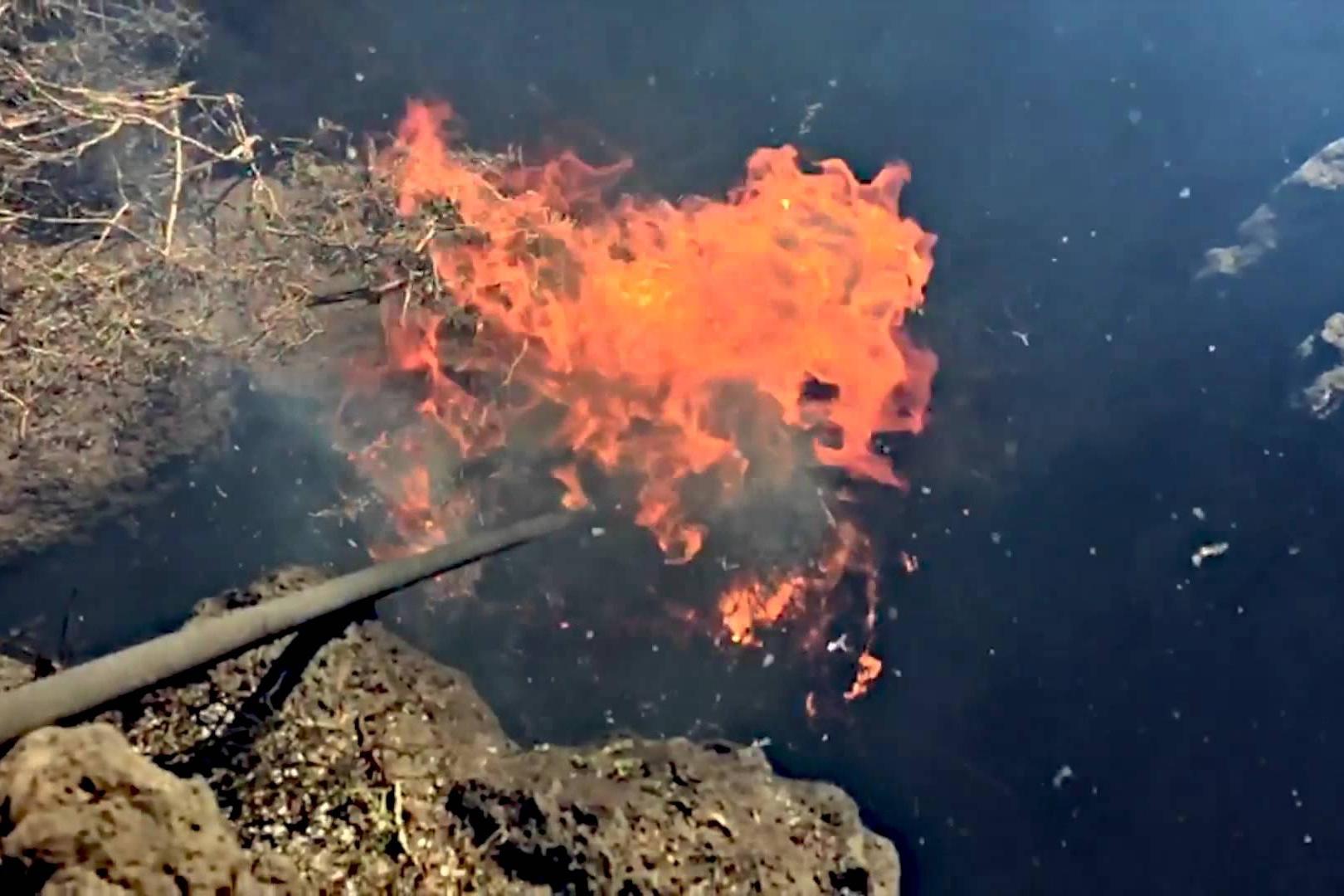
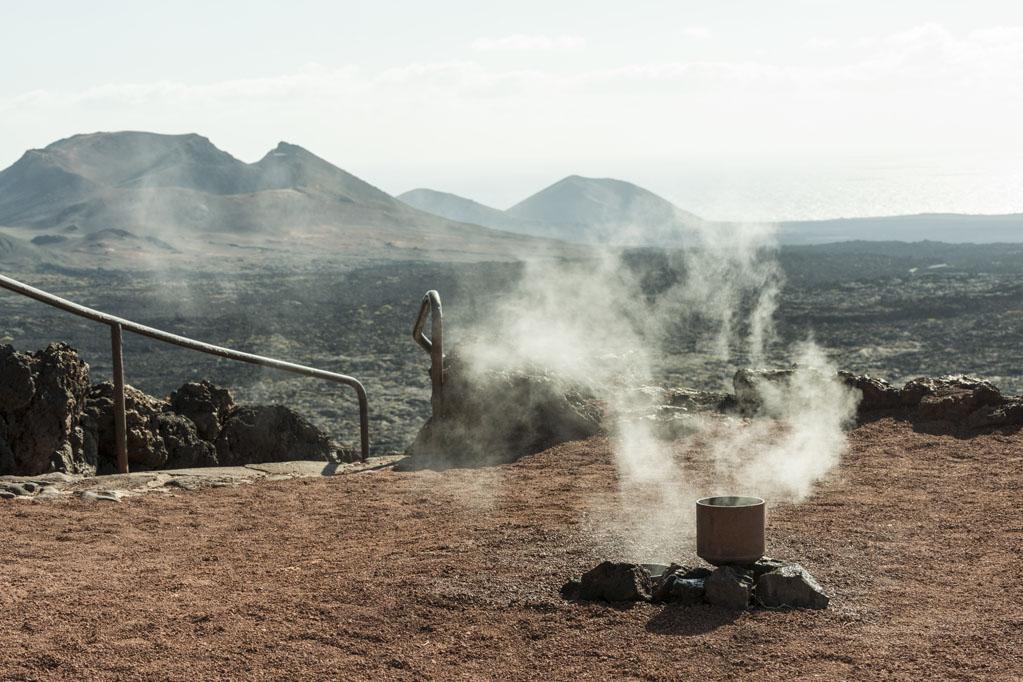
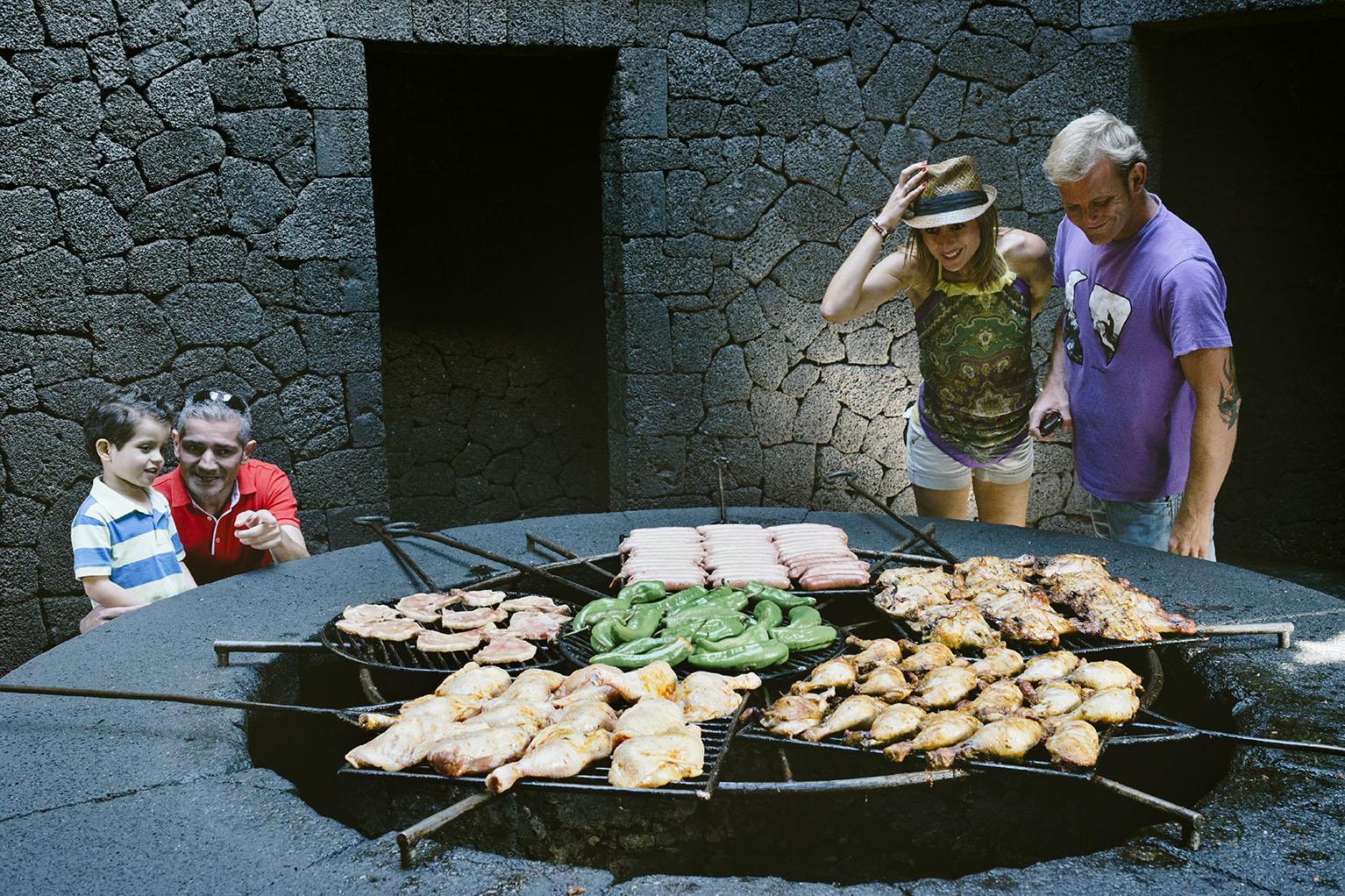
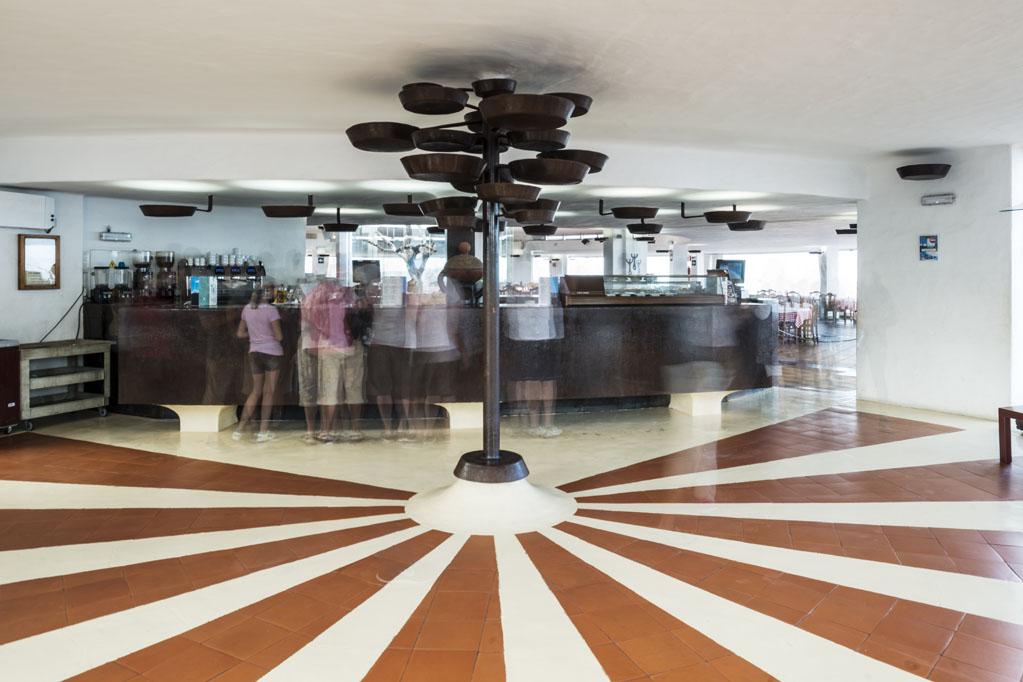
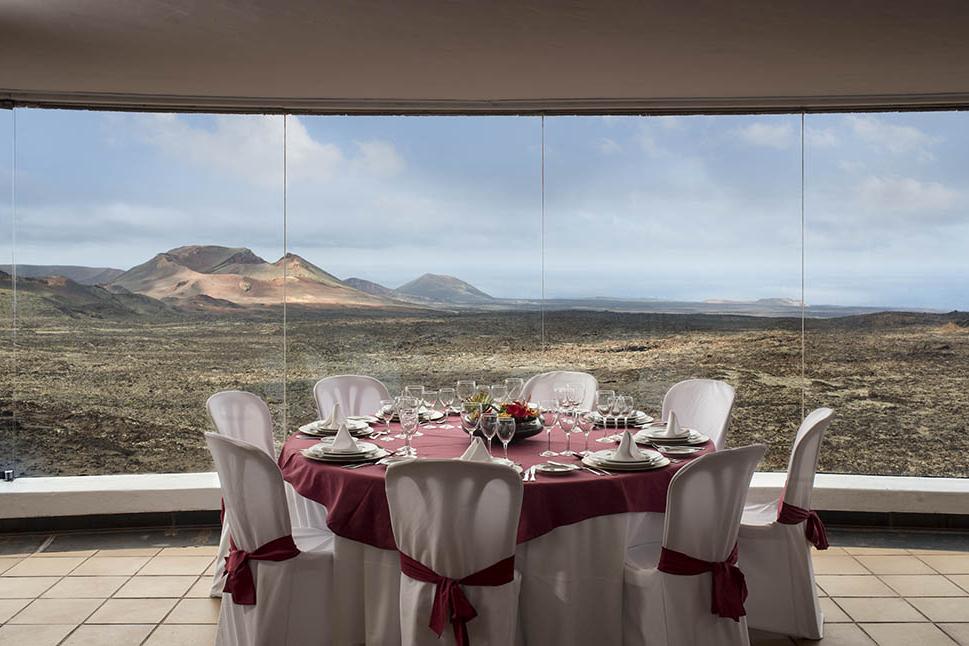

There are no comments
Please log in to post comments